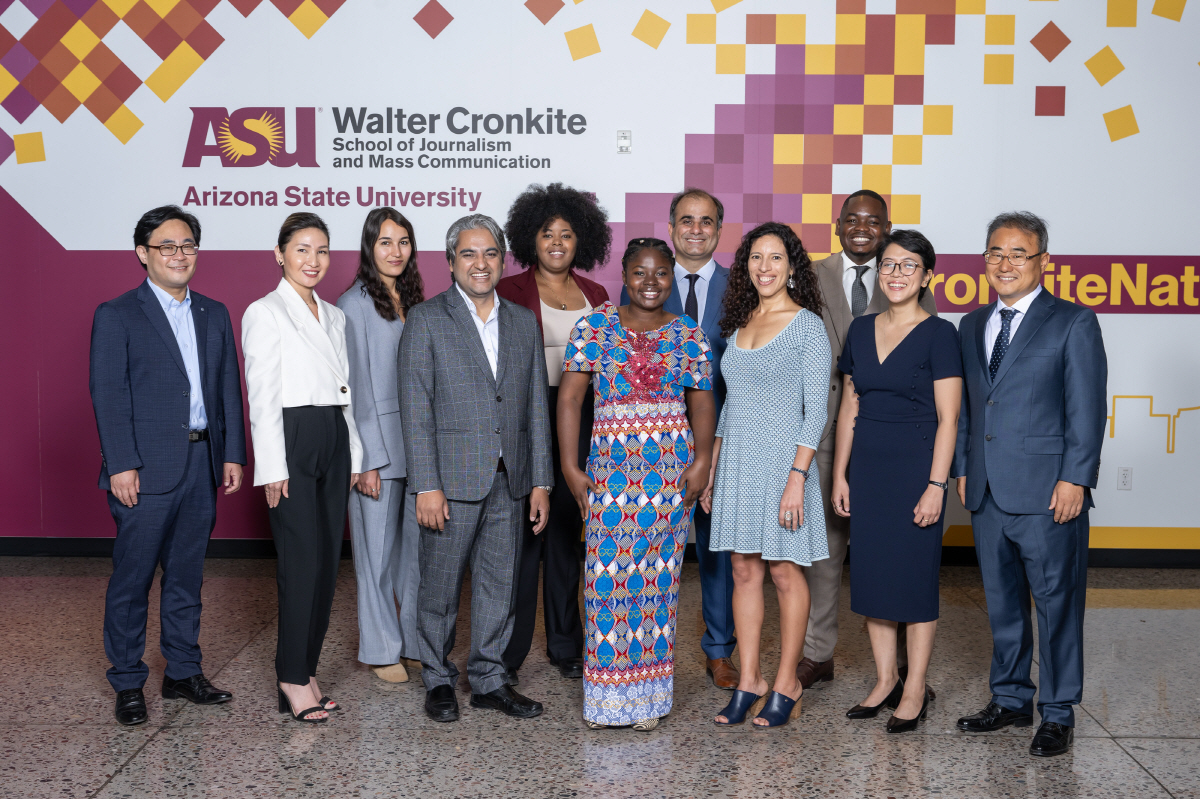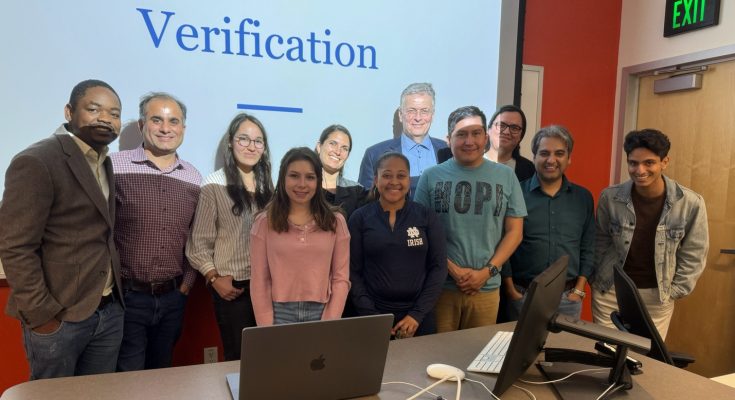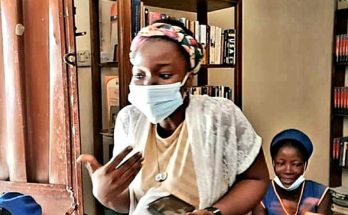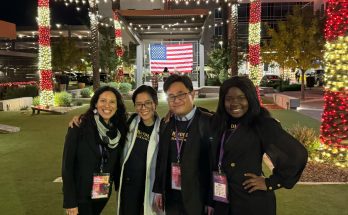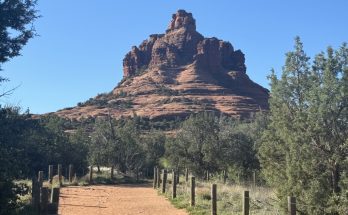<Washington Post Video journalist Elyse Samuels after a session with OSINT class in February>
In February 2019, I was honored with the
‘best use of data’
in Pakistan Data Journalism Awards. At the time, I had
recently transitioned from an eight-year tenure in print
journalism to a role as an investigative reporter in
television. It was a crucial moment as I realized that the
patterns and means of reporting are changing and the
coming—a future intertwined with technology. Despite the
desire to advance my expertise, the uncertain political
climate offers little room for creative exploration or
professional development.
It wasn’t until in
2022, during
Chevening’s fellowship
for south Asian journalists in England made me realize again
that I need to step up before it is too late. My concern
extended beyond my personal growth to the broader
journalistic community, particularly the emerging and
upcoming journalists who faced an industry disinterested in
digital journalism.
Our universities and academia
have hardly any connection so the students are clean slate
when the graduate and learn everything on their own only
when they enter the field. I had applied for the Humphrey
Fellowship earlier but the year 2022 was different where
clarity of goal and becoming the agent of change for the
country were few solid reasons that clicked because the idea
was unique and impressive, in implemented in letter and
spirit.
Now I am at
Arizona State University‘s Walter Cronkite School of Journalism and Mass
Communication. I am on my way to make the plan into work.
Equipping myself with latest nuances of digital journalism
and open-source intelligence and simultaneously working on a
proposal document for higher education sector for
introduction of cutting-edge curriculum in digital
journalism and latest practices in Pakistani universities.
While I am going through the final leg of this fellowship, I
personally feel the journey thus far has been dotted with
learning, exposure and an ending where one has a sense of
accomplishment, pride and richness.
We had
multimedia journalism
class in the first semester alongside a mini fellowship at
local TV 12 News. Learning nuances of digital journalism and
witnessing its practical implementation in a newsroom has
been more than a learning experience. A media school in
United States is not just a degree awarding institution but
a center for hands-on learning, exposure to latest
technology and supervision of professional teachers where
majority had or are currently aligned with media
house(s).
ASU is a teaching school where you not
only learn in classroom but also able to produce high
quality work in a
real-life newsroom
and gets it published in well-known print and broadcast news
organization, effectively blurring the lines between student
and journalist. Hence you are a student yet you also work as
a journalist working on stories and produce them as per the
requirement.
Howard Centre for Investigative Journalism
is another feather in the cap of this school where those who
have investigative niche can up their game at national
level.
In my multimedia class I learned
multiple skills besides editing audios, videos and images
where as part of our final project we had to create a
complete multimedia story and use all the modern-day
reporter’s toolkit to produce a digital story. From working
on Search Engine Optimizations (SEOs) to including data,
graph and charts in an investigative story to putting
podcast and google maps, we were made to go through all the
phases a reporter will go for a full-fledged story. Result:
everyone came up with a comprehensive digital story and
ended the semester with higher learning curve. In Second
semester we learned the use of Open-Source Intelligence
(OSINT) for verification and investigations in journalism.
Also, how Artificial Intelligence can be enormously useful
for verification, analysis and digging deep.
As
part of my IPP or a personal project, I am studying the
digital media journalism and related courses of Walter
Cronkite School of Journalism at ASU and
Hussmann School of Journalism and Media at University of
North Carolina. The purpose is to take the key courses like multimedia
journalism/storytelling; video journalism; social
media—insights, analytics and management; OSINT; AI;
personal branding and professional development and digital
content creation.
The key is to formulate a proposal
based on these courses with an objective to initiate latest
journalistic practices in the universities and make them
learning schools. I intend to present this proposal to the
curriculum committee of
higher education sector
(HEC) and explain them how the latter implement it without
extra ordinary effort.
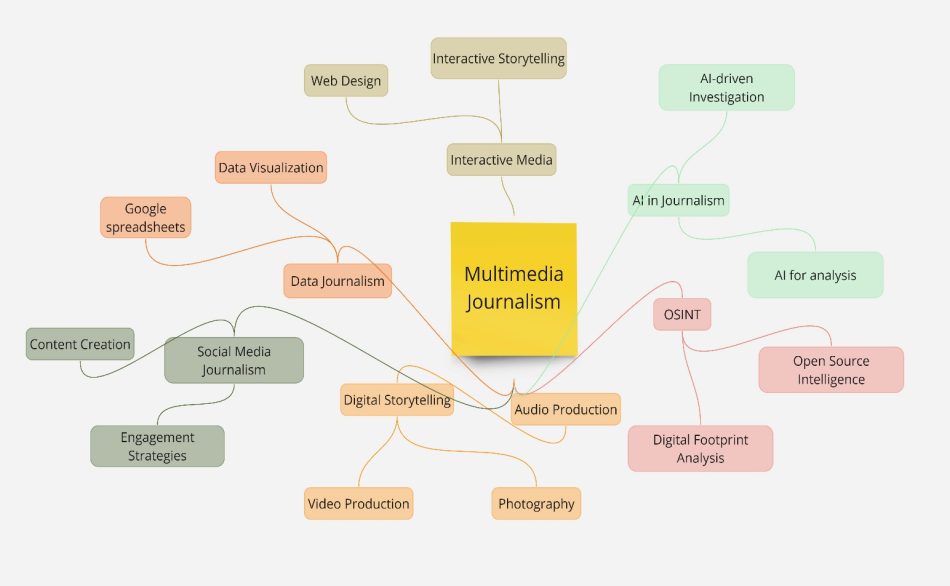
The idea is to persuade HEC for introduction of practical
courses that has direct impact on journalism of the country
and in the long run leads to accountability which plays role
for introduction democratic norms, merit and responsibility
in institutions. Also, the takeaway is to make universities
a place where students learn to practice and when they
graduate, they are not only industry-ready but also equipped
to thrive as independent, technologically adept journalists.
And that the graduate knows how to become self-reliant and
even becomes a freelance reporter with know-how of
up-to-date technology even without role and support of
corporate media houses.
The urge to have
understanding of such topics could be gauged from the fact
that a group of Pakistani journalists in February came on a
State-Department sponsored tour. I happened to share the
skills of OSINT and use of AI in journalism. They were in
awe of what they did not know and how helpful such skills
could be in investigative journalism in an age where world
is fraught with misinformation and disinformation.
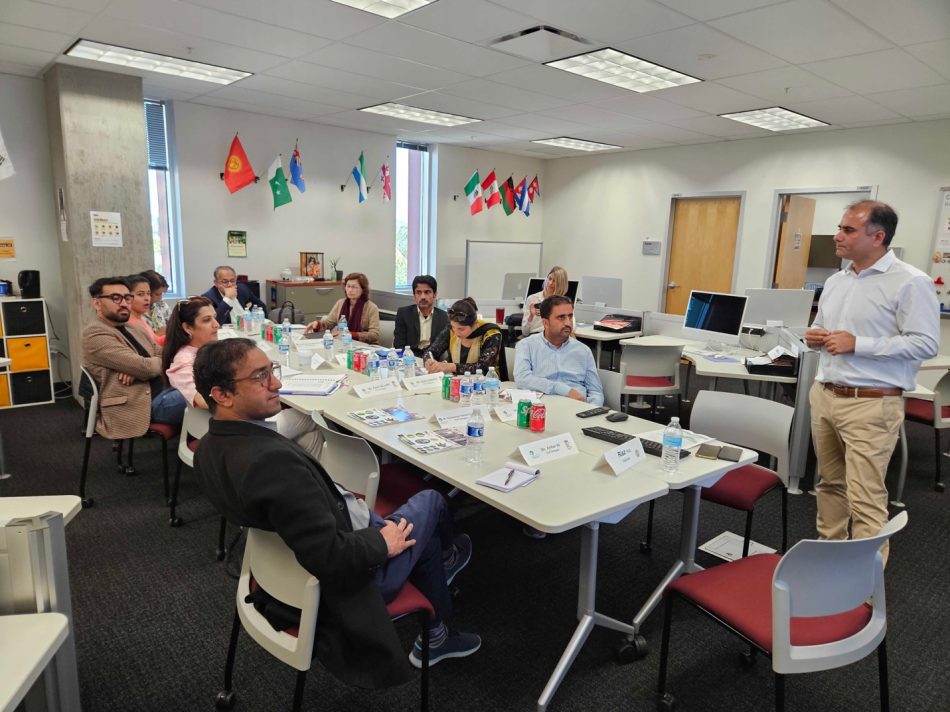
My ultimate vision is to establish a precedent in
Pakistani journalism that reflects United States—where
robust journalistic principles, quality reporting are
foundational. In a nation of approximately 230 million, the
transformative power of journalism, underpinned by
technological fluency, can pave the way for success,
prosperity, and democratic progress.
